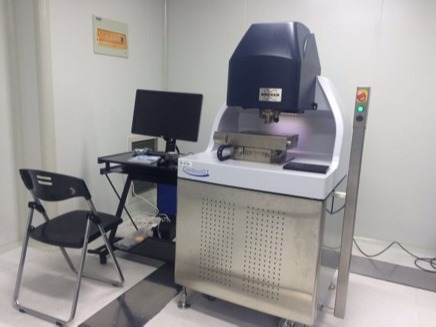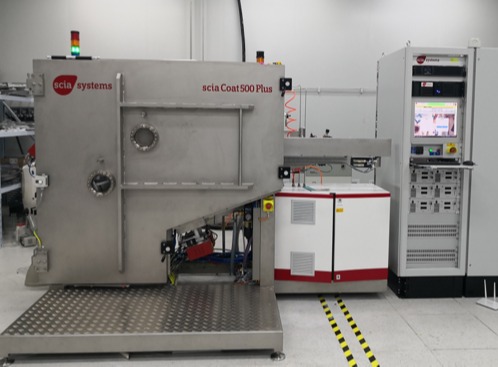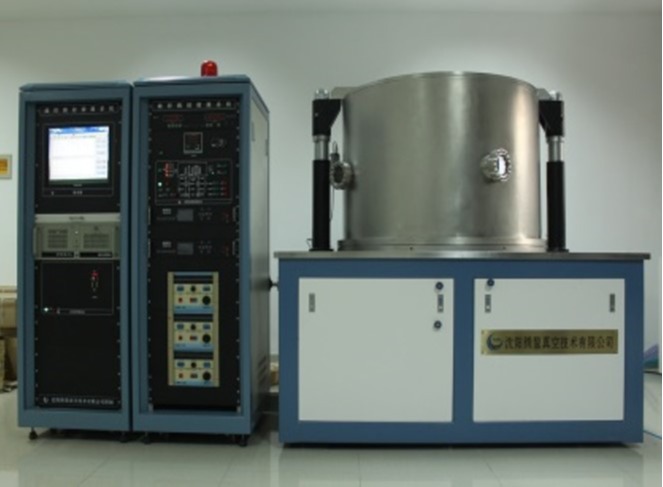
Scientific discoveries and innovations rely on the constantly emerging techniques of observation and instrumentation. The advantages of extreme ultraviolet, X-ray, and neuron include shorter wavelengths and higher photon or particle energy, attributing them with a higher resolution, “core” level detection of electron state, and larger penetration depth when applied as a technique of observation. Therefore, they have been widely used in microscopy and telescope applications, as well as for the fabrication of ultra-high precisions under extreme conditions.

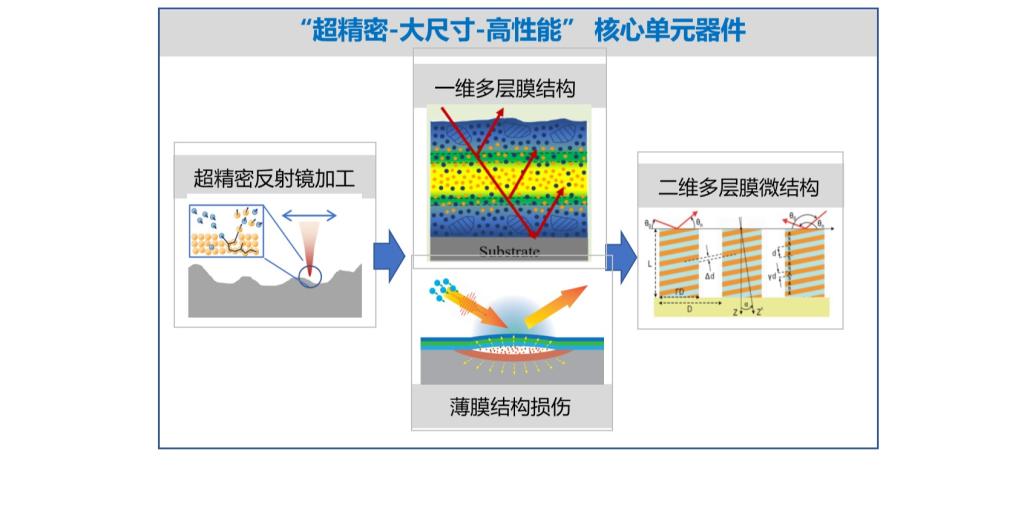
The short wavelengths of extreme ultraviolet, X-ray, and neutron require high-precision thin film devices to achieve an effective reflection and manipulation. The characteristic dimension of these optical devices ranges from nanometer to hundreds nanometers level, which results in considerable difficulties in fabrication. The IPOE has built a platform for the development and fabrication of extreme ultraviolet, X-ray, and neutron thin film devices, including the ultra-precision manufacture of reflective mirrors, one-dimensional multilayers and its damage evaluation, and two-dimensional multilayer microstructures. New methods and techniques have been developed over the years, such as the processing and detection of full-spectrum morphology at the nanometer level of reflective mirrors, modification of the growth process and study of radiation damage mechanism of ultra-thin multilayers, and the innovative design and fabrication of two-dimensional multilayer microstructures.
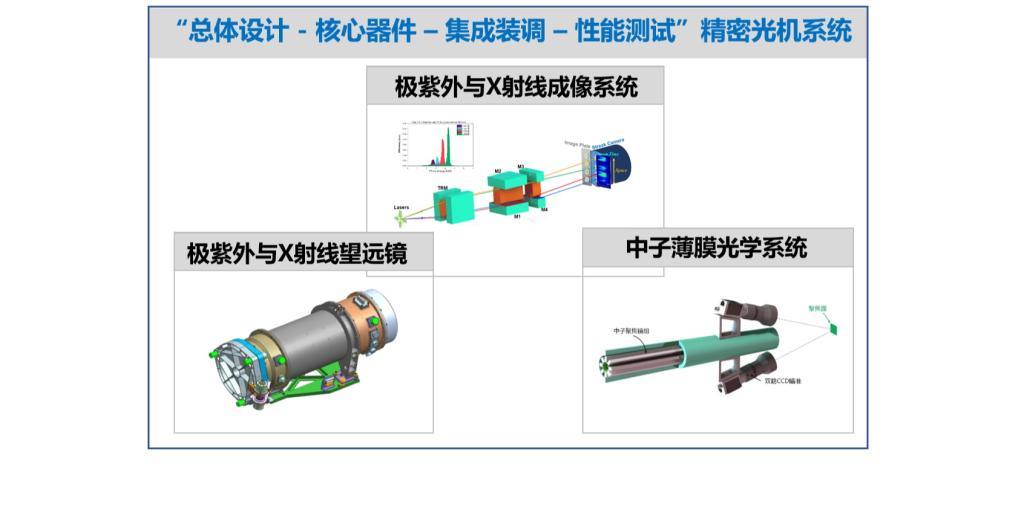
Focusing on the urgent needs of large-scale scientific facilities and supported by the national scientific and technological major projects in the fields of high power density physics, astronomical observation, and neutron sources facility, researches targeting the extreme ultraviolet and X-ray microscopy systems, astronomical telescopes, and neutron thin film optical systems have been elaborated. A collaborative research and development platform for the hybrid development of core devices, high precision assembly and adjustment at the system level, and performance verification and optimization have been inaugurated. Based on these platforms, the object-image relationship and its control within the extreme ultraviolet, X-ray, and neutron optical systems, the assembly and calibration methods enabled by multi-parameter errors decoupling, as well as the integrated testing and application technologies under the complex ground and space environments, have been understood and developed.

2016 PhD Candidate
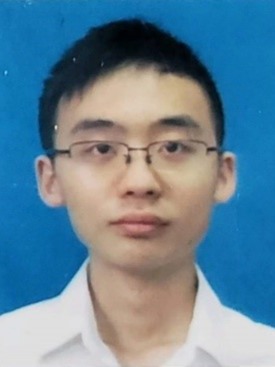
2018 PhD Candidate

2018 PhD Candidate

2018 PhD Candidate

2020 PhD Candidate

